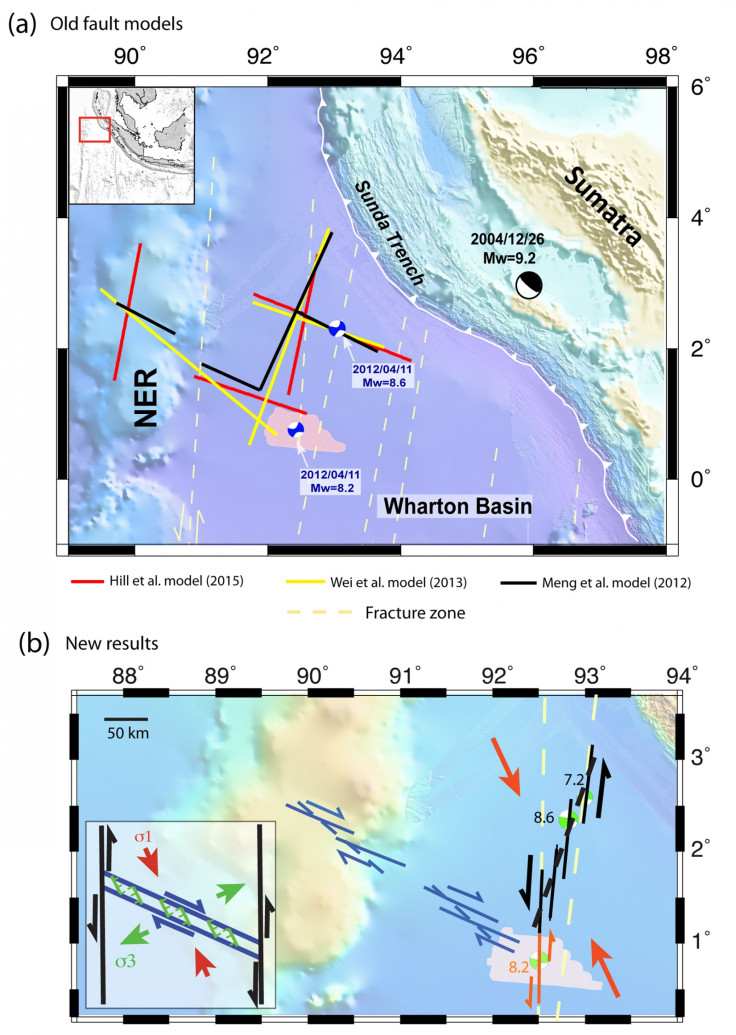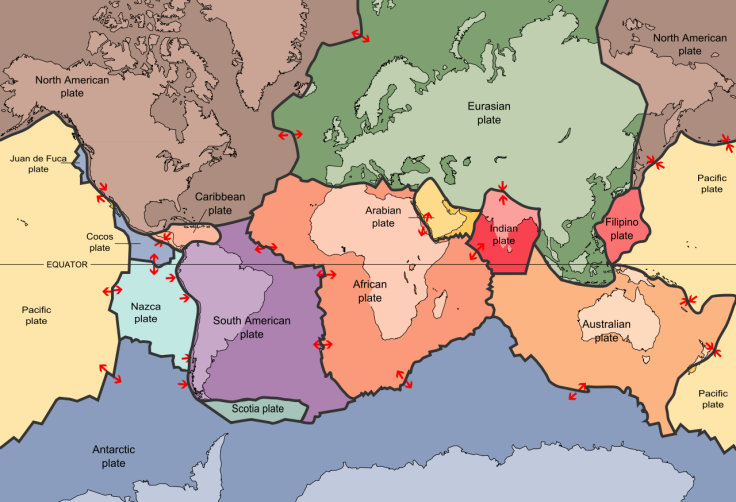A new plate boundary appears to be forming beneath the Indian Ocean
Scientists find fault system in Indian Ocean that was probably involved in the Wharton Basin earthquakes.

A new plate boundary appears to be forming in the region of the Indian Ocean where the 2012 earthquake took place. Scientists say the presence of strike-slip earthquakes along a newly discovered fault system could be evidence of the new formation on the Indo-Australian Plate.
On 11 April 2012, two earthquakes struck the Andaman-Sumatran region of the Indian Ocean. At magnitude 8.2 and 8.6, they were the biggest intraplate earthquakes ever observed on Earth. Unlike interpolate earthquakes, which take place at plate boundaries, intraplate earthquakes occur in the interior of tectonic plates, and are far rarer.
The deformation at plate boundaries can sometimes induce stress within a plate hundreds of kilometres from the edges, creating huge deformation zones on tectonic plates.
And it is this deformation that caused the Wharton Basin earthquakes – a series of quakes that took place over several months in 2012. These earthquakes were highly unusual, with a complicated fault system that resembled a city grid. The largest was a strike-slip earthquake, where the crust slides past each other horizontally.
Previously, scientists had suggested these earthquakes were the result of a previously undiscovered fault, but evidence confirming this has been lacking – until now.

In a study published in Science Advances, scientists looked at the deformation that took place in the Wharton Basin by gathering data on water depth and seismic wave near the epicentre of the magnitude-8.2 earthquake. With this, they were able to create a high resolution image of the seafloor.
Their findings showed a new fault system that was likely involved in the 2012 earthquakes. The fault system was found to be orientated differently from other seafloor deformational structures known to exist in the region.
The presence of these new faults – and the occurrence of strike-slip earthquakes on them – indicates a new plate boundary might be forming in the region, the researchers say. They said the fracture zones could "act as a boundary for plate motion, enhancing the strain accumulation across them".
"These effects... would strongly encourage rupture along the north-south fracture zones, acting as the main zone of deformation in the Wharton Basin and possibly leading to the creation of a new plate boundary in the Indian Ocean," they wrote. "The presence of strike-slip earthquakes along the fracture zone over a length of 1,000km suggests that these fracture zones could be a nascent plate boundary."

© Copyright IBTimes 2025. All rights reserved.






















